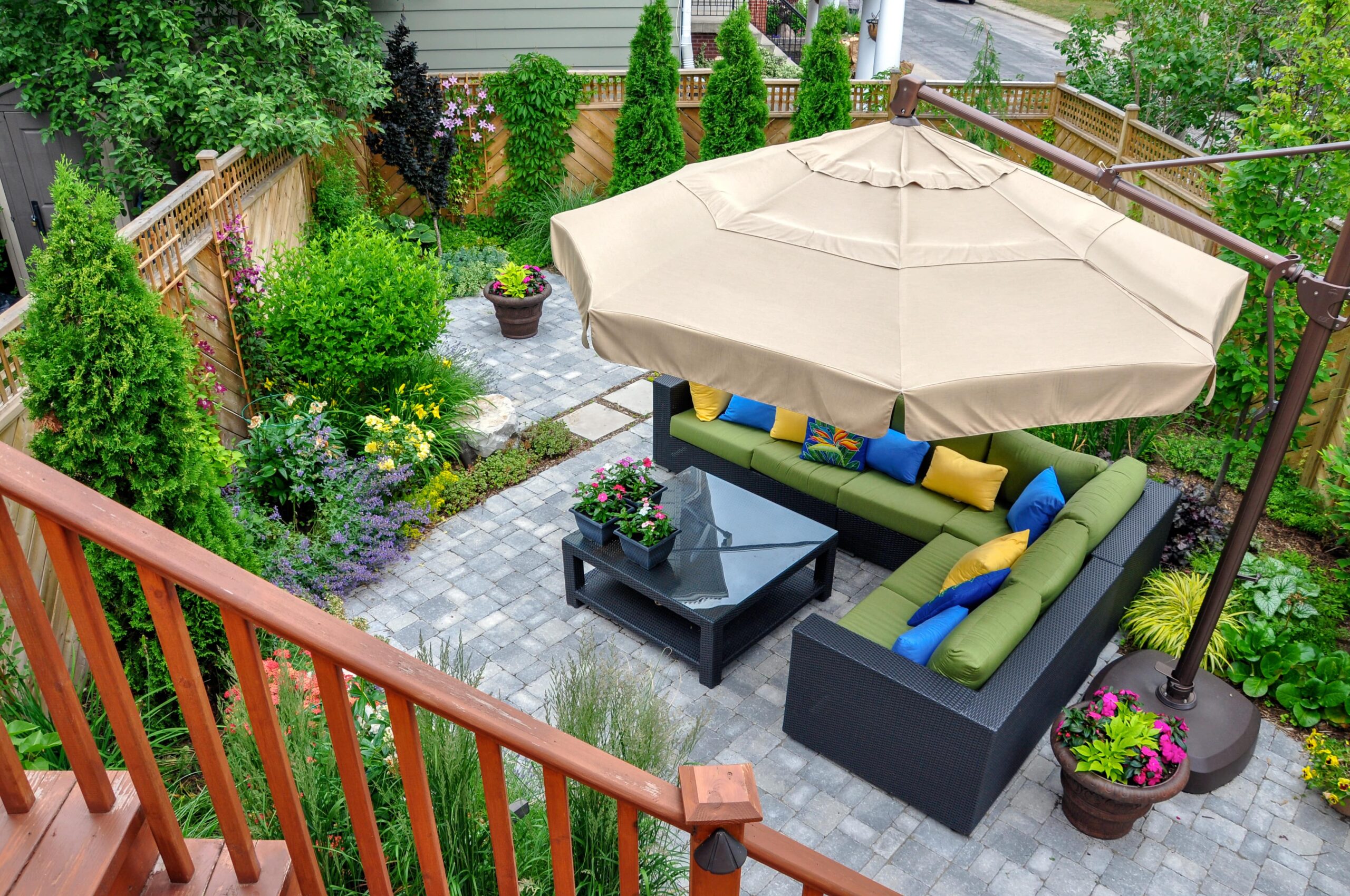
Parks you’ve enjoyed, campus grounds you’ve walked through, and urban spaces you’ve admired reflect a landscape architect’s vision. These professionals change ordinary spaces into functional, eco-friendly, and appealing environments that boost our quality of life. But what is landscape architecture, and what is a landscape architect exactly?
Landscape architects bridge human needs with natural environments. They blend creative design with environmental science and project management to shape our surroundings. Their work spans public parks, college campuses, urban developments, recreation areas, and ecological restoration projects. This makes them vital contributors who create spaces that serve both people and nature.
Core Professional Responsibilities
Landscape architects do much more than design gardens. We shape the future of our built environment through planning, environmental protection, and project leadership. Understanding landscape architect duties and the landscape architect job description is crucial for those considering this profession.
Master Planning and Site Analysis
Each project starts with a full picture of the site and master planning. We assess everything from topography and soil composition to climate patterns and vegetation. Our master plans guide development and protect natural features. Property surveys help identify significant elements like utilities, existing structures, and natural features that shape our design choices. Developing grading and drainage plans is a crucial part of this process.
Environmental Impact Assessment
Environmental protection lies at the core of our profession. We conduct detailed Environmental Impact Assessments (EIAs) to assess effects on air quality, water resources, flora, and fauna. The avoid, minimize, restore, and offset hierarchy helps us achieve positive environmental outcomes. Close collaboration with environmental agencies and stakeholders ensures our designs protect and boost natural ecosystems.
Project Management and Coordination
Project management demands excellent coordination and communication skills. Here are our core responsibilities:
- Creating complete project timelines and budgets
- Working with engineers, architects, and contractors
- Managing client’s expectations and stakeholder feedback
- Meeting regulatory compliance and permit requirements
- Overseeing construction implementation
- Developing maintenance plans for long-term sustainability
We employ various project management tools to keep teams arranged on resources, milestones, and budgets. Clear communication channels help us maintain strong connections between design teams and client representatives. This drives projects toward successful completion and promotes lasting relationships with stakeholders.
Our work demands attention to detail while keeping sight of the bigger picture. Technical expertise combined with creative problem-solving ensures each project meets functional needs and esthetic goals while supporting environmental sustainability. Construction documentation is a crucial part of this process, ensuring that designs are accurately implemented.
Specialization Areas in Landscape Architecture
Landscape architecture has evolved into distinct specialization areas that demand specific expertise and approaches. Our profession touches environments of all types, from bustling city centers to pristine natural spaces. This allows us to create meaningful changes in different contexts.
Urban Design and Planning
City development presents complex challenges that urban landscape architects address by creating environmentally responsible spaces in urban areas to boost community life. Our urban design projects turn waterfronts into vibrant public places. We develop pedestrian-friendly plazas and reimagine street corridors. Each element must add to the city’s identity while promoting social interaction and environmental sustainability.
Environmental Conservation
Environmental stewardship remains central to our conservation work. Environmental landscape architects design green infrastructure solutions that protect and boost natural ecosystems:
- Developing bioswales and retention ponds for water management
- Creating wildlife corridors and habitat preservation areas
- Implementing native landscaping strategies
- Designing green roofs and vertical gardens for urban biodiversity
Residential and Commercial Development
Our commercial and residential designs blend form and function to create multipurpose spaces. These properties need designs that send the right message while ensuring practical use. People’s interaction with the space guides our choices. We add shaded seating areas, strategic traffic flow patterns, and energy-efficient landscaping solutions.
Commercial landscape architects create bold yet welcoming designs that showcase our clients’ brands and values. A healing garden for healthcare facilities or an innovative corporate campus must serve its purpose while staying environmentally responsible.
Residential landscape architects create tailored outdoor spaces that boost property value and promote sustainable living. We use water conservation techniques, energy efficiency design elements, and low-maintenance solutions that match modern lifestyle needs.
These specializations help us tackle diverse challenges while keeping our steadfast dedication to sustainable, functional, and beautiful environments. Each project type needs its own approach, yet all share our core principle: balancing human needs with environmental stewardship.
Speak With an Experienced Landscape Architect Today
Landscape architecture is a vibrant profession that reshapes the scene around us with thoughtful design, environmental care, and groundbreaking solutions. The role of landscape architects goes way beyond the reach and influence of making things look good. It includes vital responsibilities in urban planning, environmental conservation, and project management.
Professionals in this field need to learn continuously. This starts with their original education, licensing requirements and extends to professional growth. Different specialization paths and leadership roles help them affect public spaces, residential properties, and commercial developments significantly.
Opulands Landscape Design and Construction can help Bay Area residents turn their front and backyard dreams into reality. This shows how landscape architects build strong connections with communities and bring their visions to life while protecting the environment.
Landscape architects need technical expertise, creative vision, and environmental awareness to succeed. They design outdoor spaces and sustainable urban spaces and protect natural ecosystems with equal passion. The field keeps changing and professionals welcome fresh challenges. Their goal remains clear – to build a more eco-friendly and beautiful world for generations to come.

Frequently Asked Questions
Landscape architects are responsible for designing and planning outdoor spaces that are both functional and visually appealing. They work on a variety of projects including gardens, recreational areas, and residential, industrial, and commercial sites, overseeing the creation and development of these spaces.
Landscape architects possess a higher level of technical expertise, focusing on both plant and structural design, and are typically required to be licensed. Landscape designers concentrate more on the esthetic aspects and plant selection and generally do not require a license. The process of how to become a landscape designer is generally less rigorous than becoming a landscape architect.
Landscape architecture specifically focuses on outdoor spaces, blending natural environments with human-designed elements. This field is distinct from general architecture, which often concentrates on the design and construction of buildings and structures.









